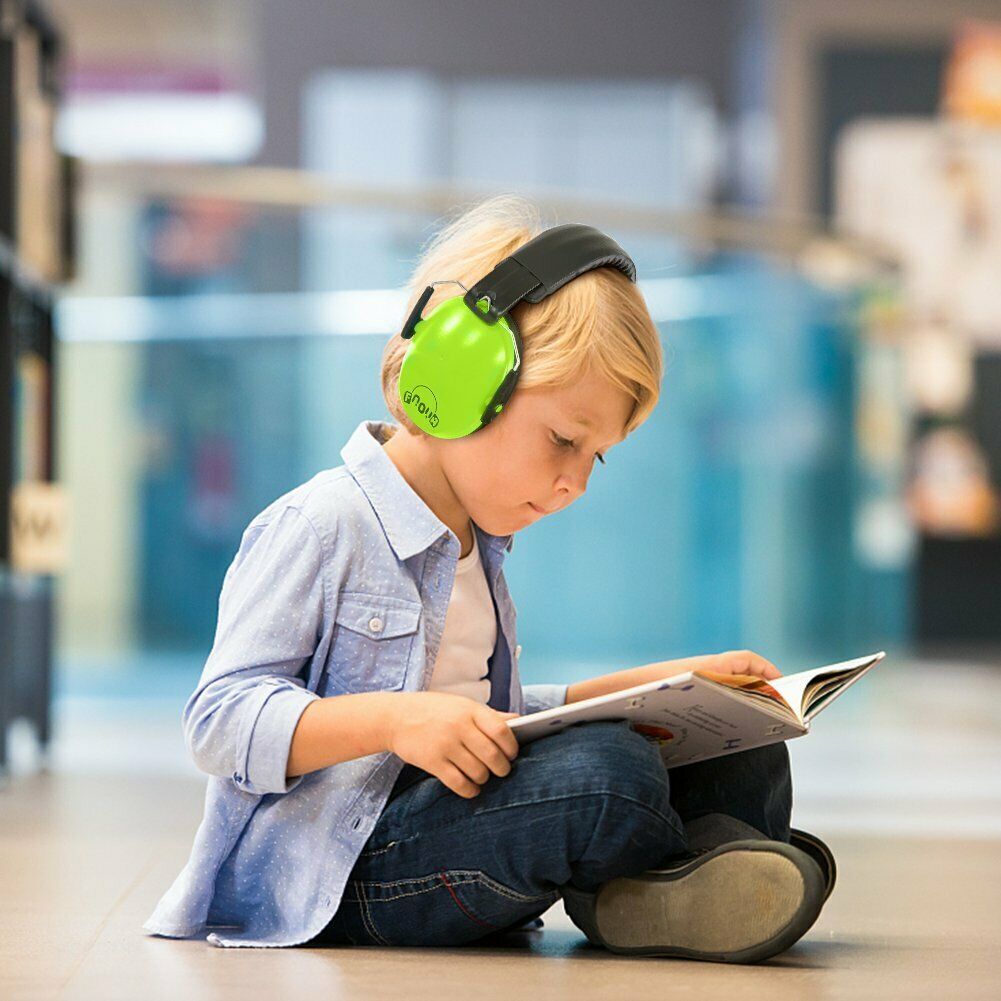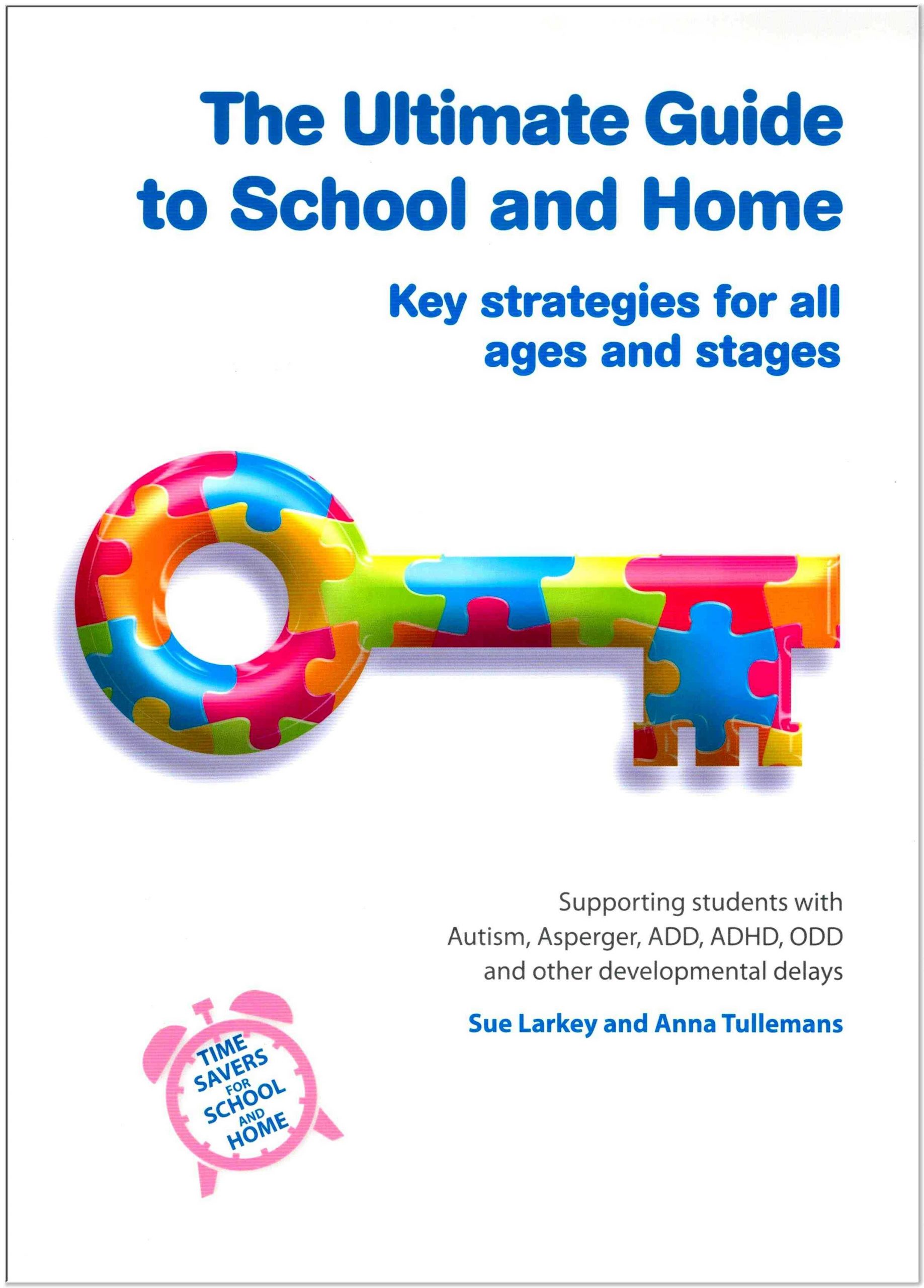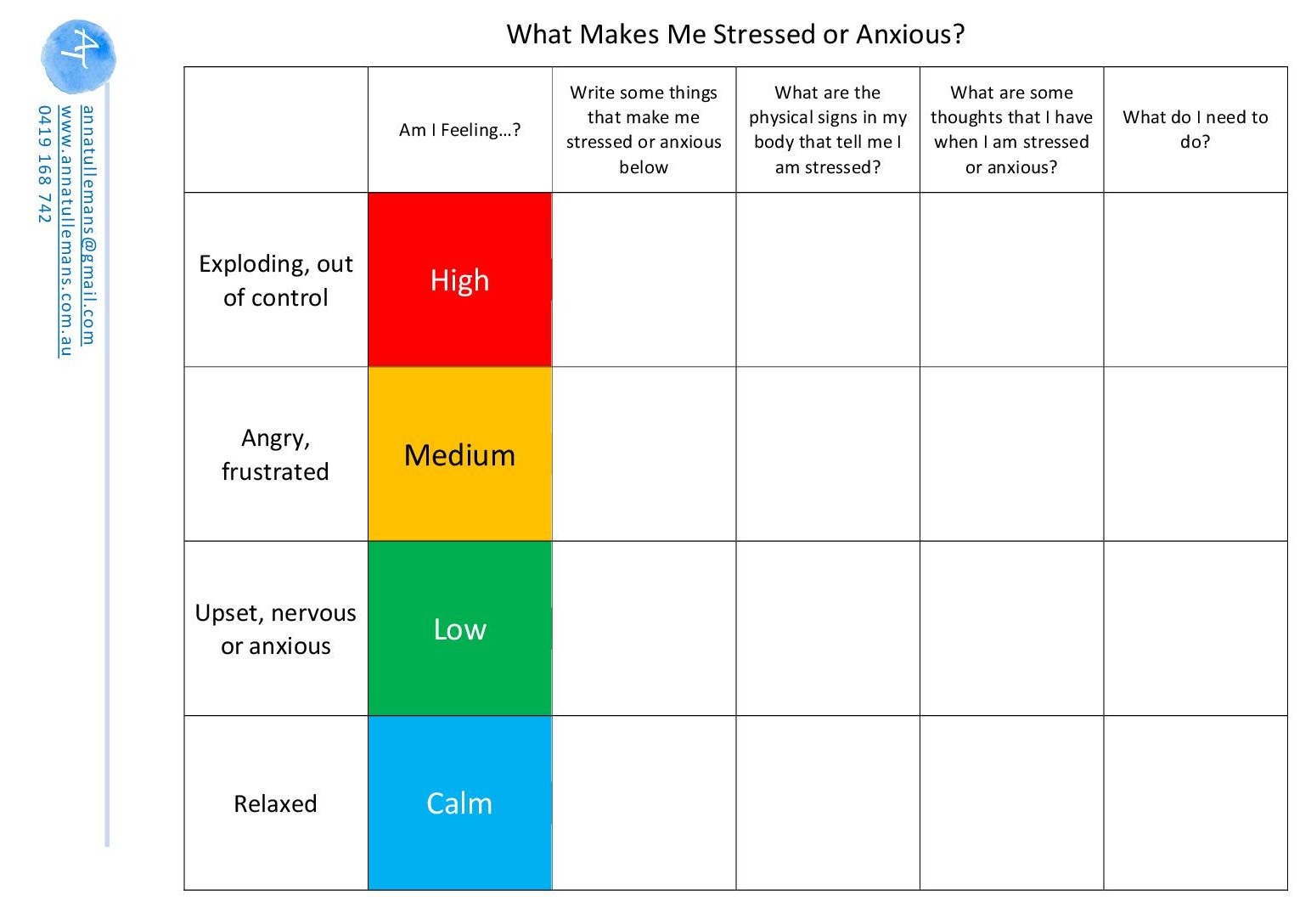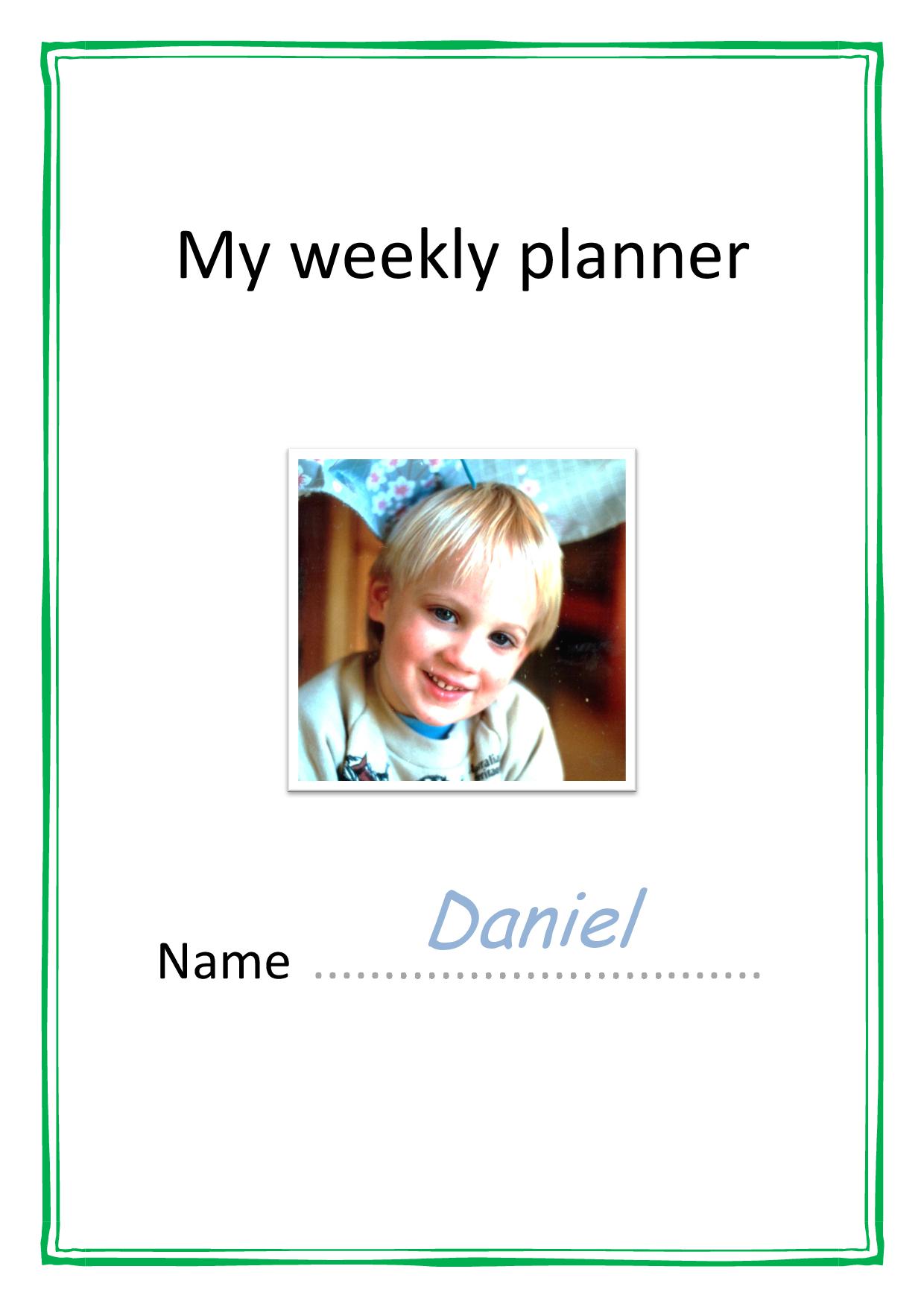It’s quite common for children with ASD, who don’t appear to have any behavioural difficulties at school to behave differently at home. Tony Attwood refers to this as the Jekyll and Hyde character (Attwood, 1998).
The difficult behaviour may only occur at home, but it does not necessarily mean the trigger (or the cause) lies there. The child may find school very stressful, but keep their emotions locked up until they get home. Most children on the autism spectrum do not display the body language and facial expressions you would expect to see when a child is feeling a certain way. Asking them how they feel may not get the correct response, as some children can find spoken communication very difficult and struggle to explain their emotions to someone. Teachers need to be aware that children who may appear to be coping at school can in fact experience high stress levels.
Stress scales
Some children on the autism spectrum find carrying visual stress scales helpful for overcoming these communication obstacles. These scales can be either in the format of a scale from 1-5, a thermometer, or a traffic light system. The idea is that when the child indicates to someone that they are at a ‘4’ or ‘amber’ (before they reach a ‘5’ or ‘red’), they need to be helped in some way to calm their emotions again. For downloadable examples of stress scales see my website.
Stress Scales also turn emotions, which are abstract concepts that require imagination to understand fully, into concrete examples of numbers or colours, which are easier to understand. See more in the upcoming book Effective Communication by Anna Tullemans and Rhonda Valentine Dixon.
Children who find it difficult to use a scale can use a help card instead. This could be a red card, or have the word ‘help’ or a meaningful symbol on it, which they can carry around. When they begin to feel extremely anxious or angry, they can show it to a member of staff or family. This is particularly helpful if a usually very verbal young person loses their ability to use speech when they are highly stressed.
Some children may need to be redirected to a different activity, have a quick run outside, or retreat to a quiet space in order to calm down.
Schools can be concerned that by giving a child a card to leave the room, they will hand it over to opt out of situations they do not want to be in, disrupting their education. Strict boundaries need to be given to a child using a card or stress scale, including clear instructions about where they can go, and for how long (using a timer). However, effective use of the card could ultimately reduce the amount of disruption to the child’s education and help them stay more calm and focused on learning.
Releasing stress after the school day
If you child appears to release their stress straight after school, it will be beneficial to set aside a period of time for them to calm down. You could do this by reducing the amount of social interaction your child has straight after school and providing an activity which they find relaxing.
If your child is relatively physical in their frustration, ie kicking or hitting, providing a trampoline, punch bag or letting them run around the garden may help relieve the stress. Other children like to relax by watching television or listening to music. Some find lights especially soothing, such as a bubble tube or spinning light.
“I have always liked lights and have loads in my room. I have a lava lamp, a disco ball, a UFO lamp. They are just hypnotic and soothing and such a wonderful escape from reality.” Luke Jackson, 2002, p69
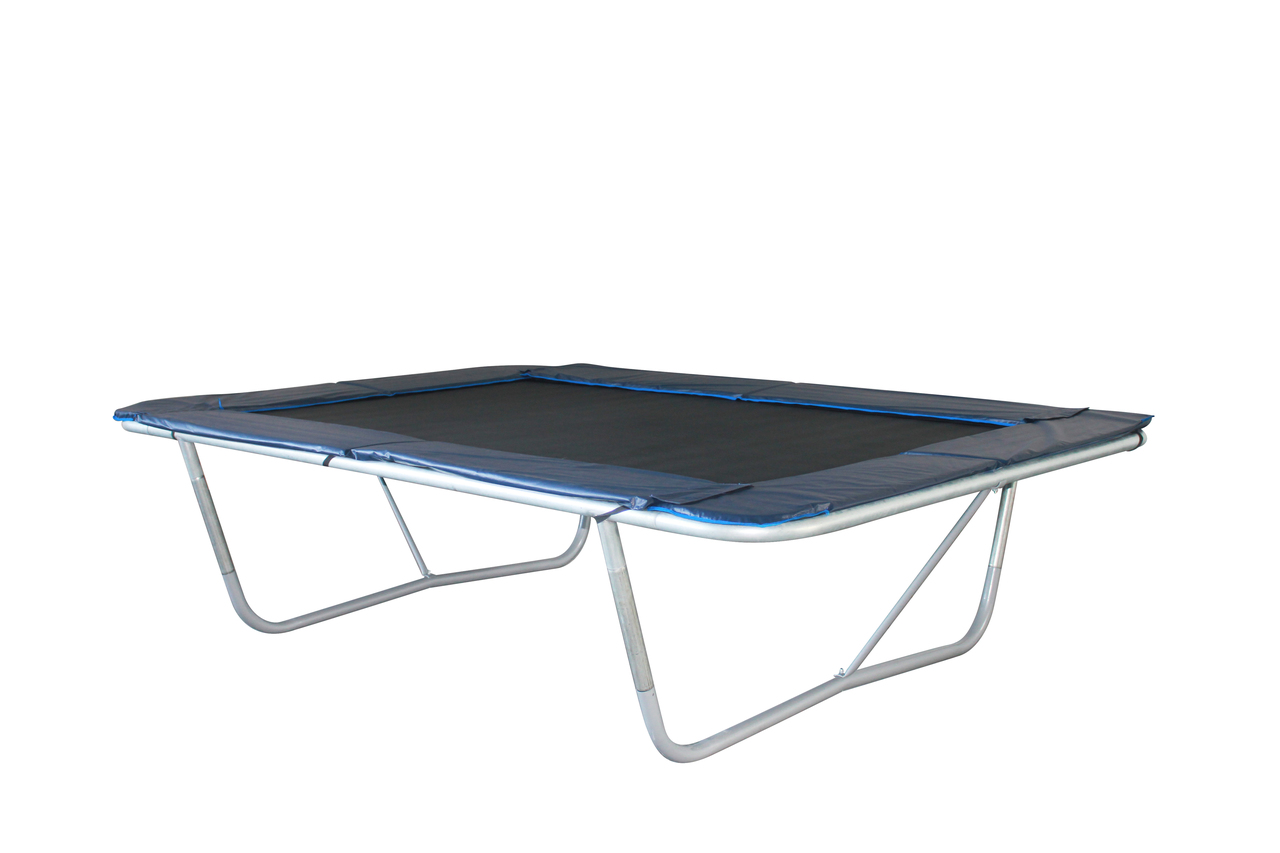
Routine
For some children, the timetable of the school day provides enough structure and routine to help contain any anxiety and stress. Children on the autism spectrum have a strong preference for routine and this is automatically incorporated into the school environment. Your child may benefit from having a visual timetable for home as well, as it will make the environment more predictable. A timetable can either be constructed showing the whole day’s activities, half the day, or simply the activities that are now and next. Examples are the Now Next Later template and the My Weekly Planner, both available on my website under books.

